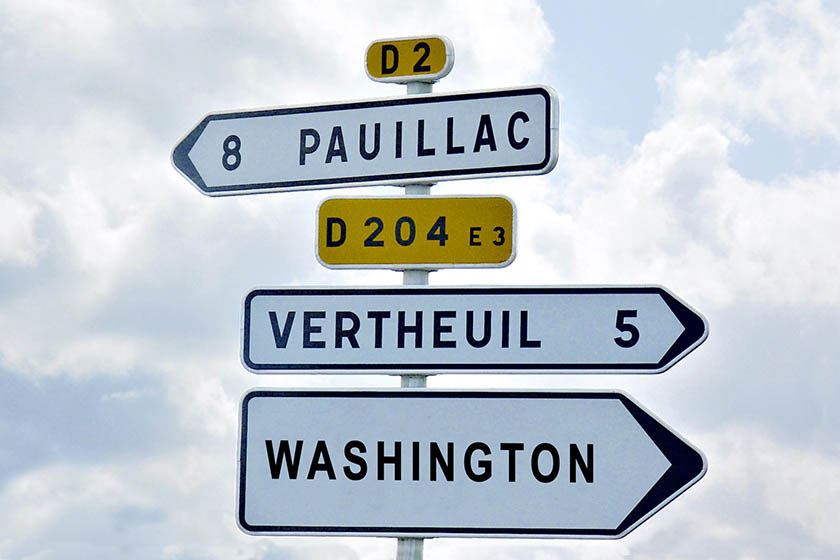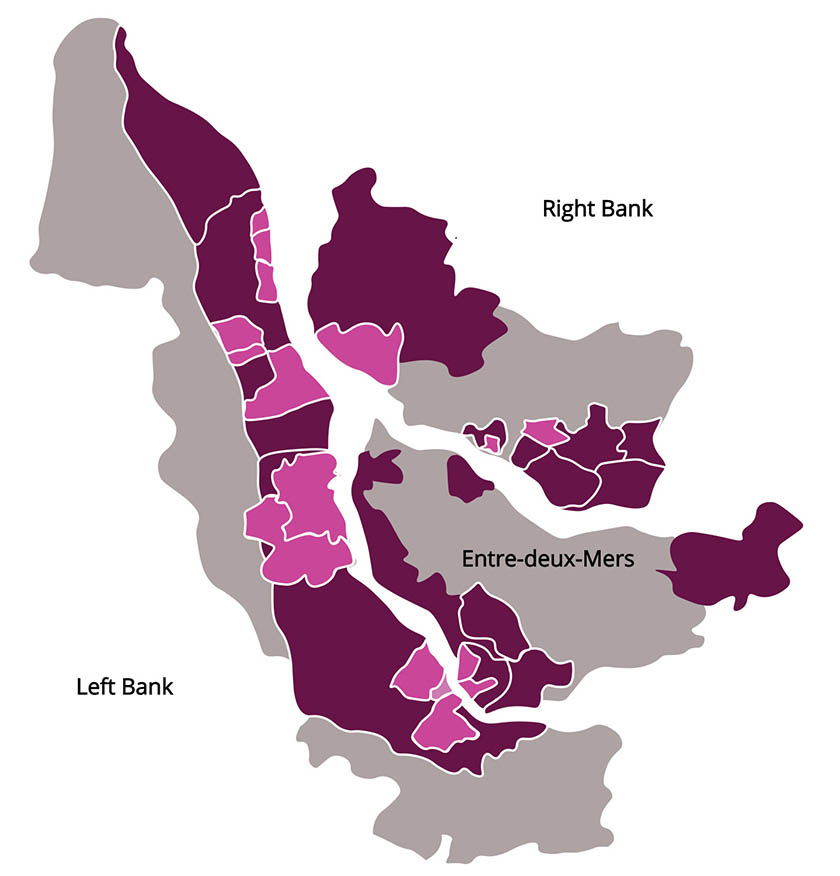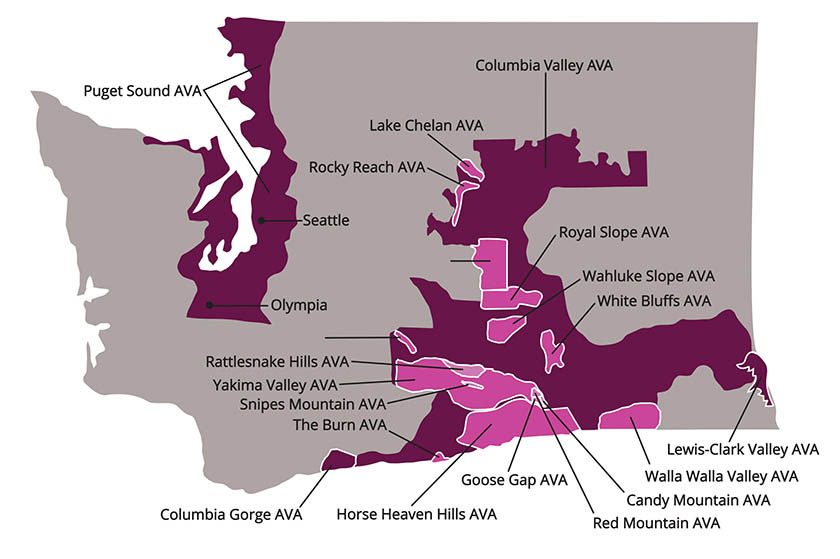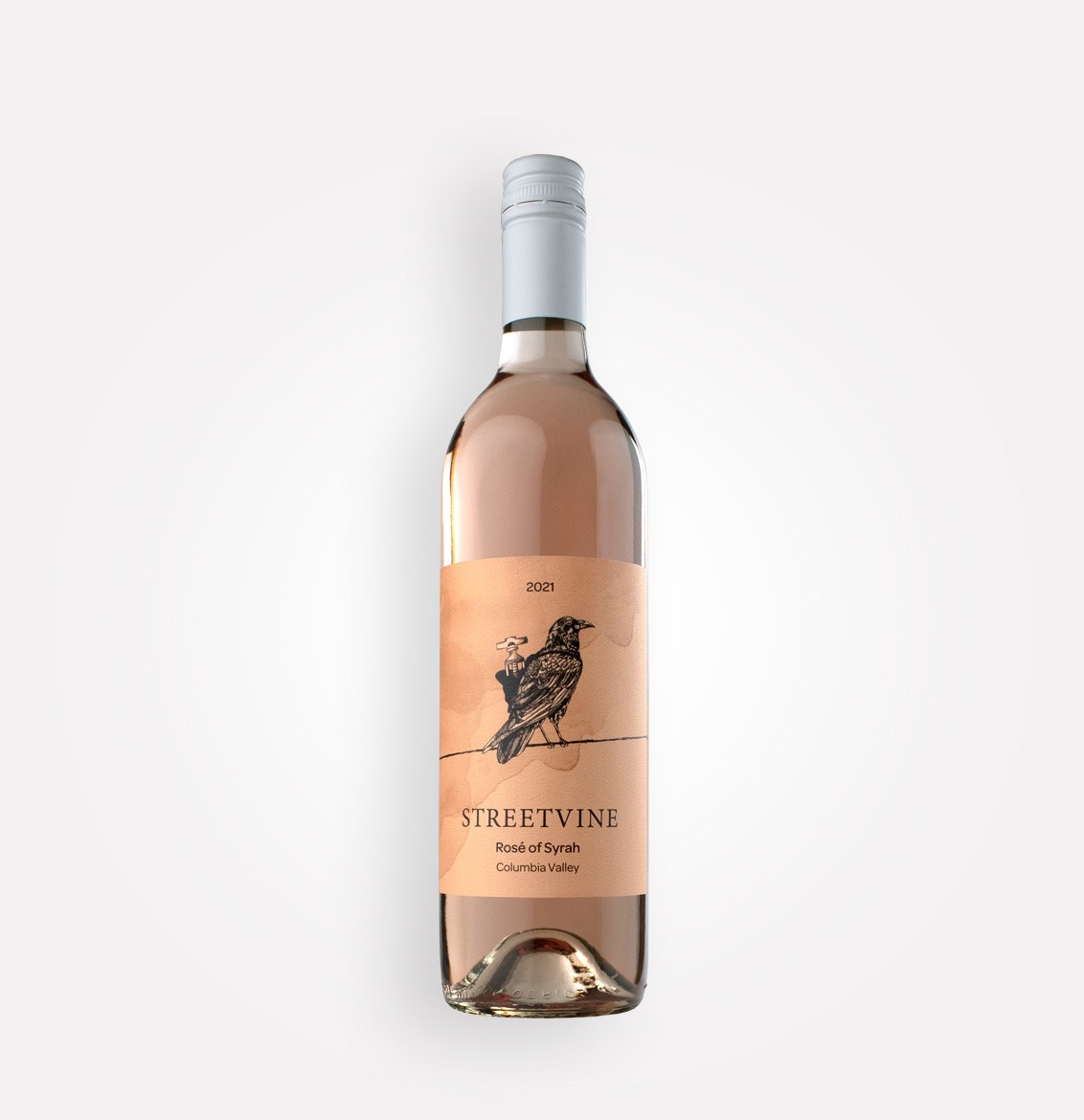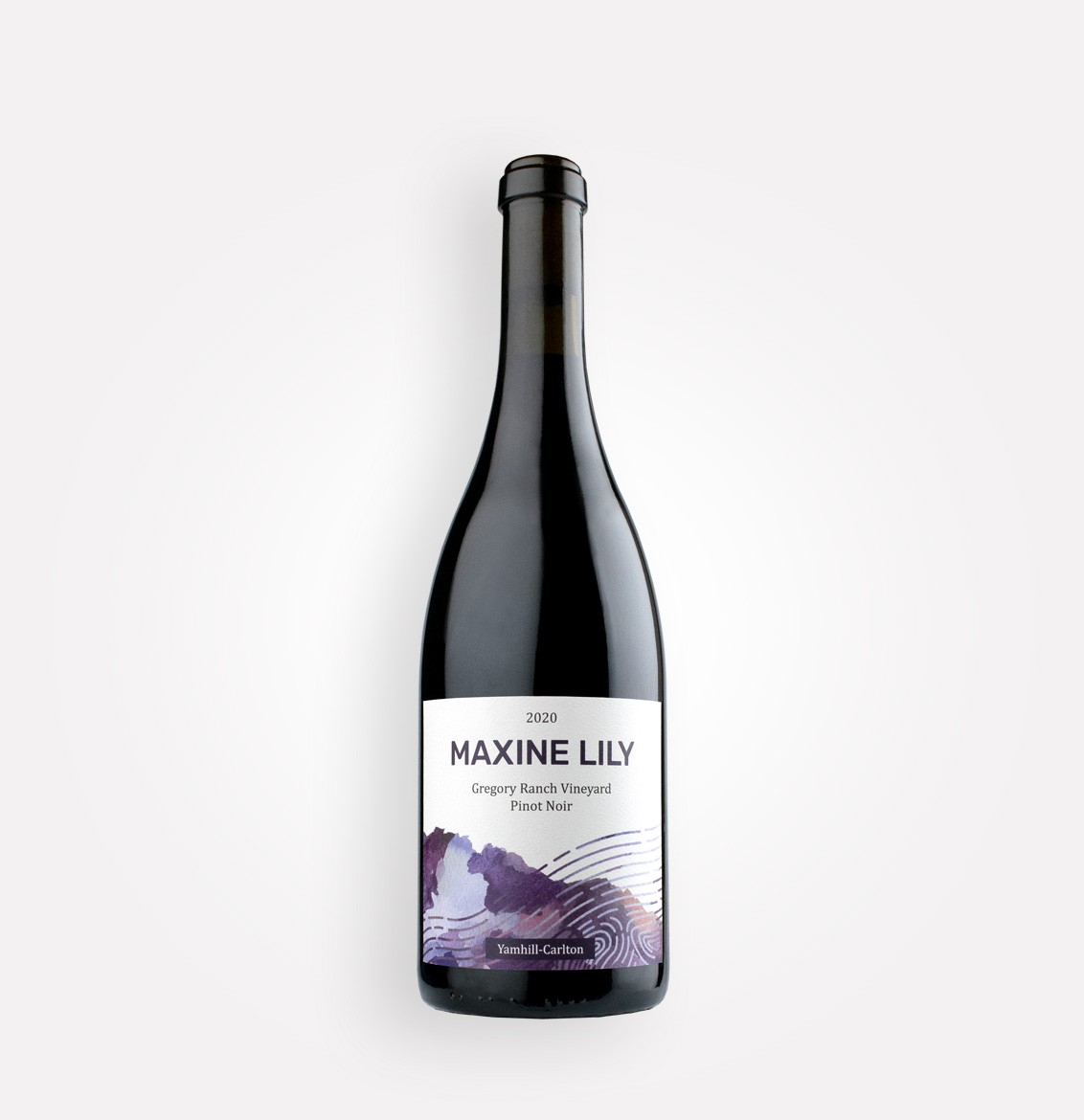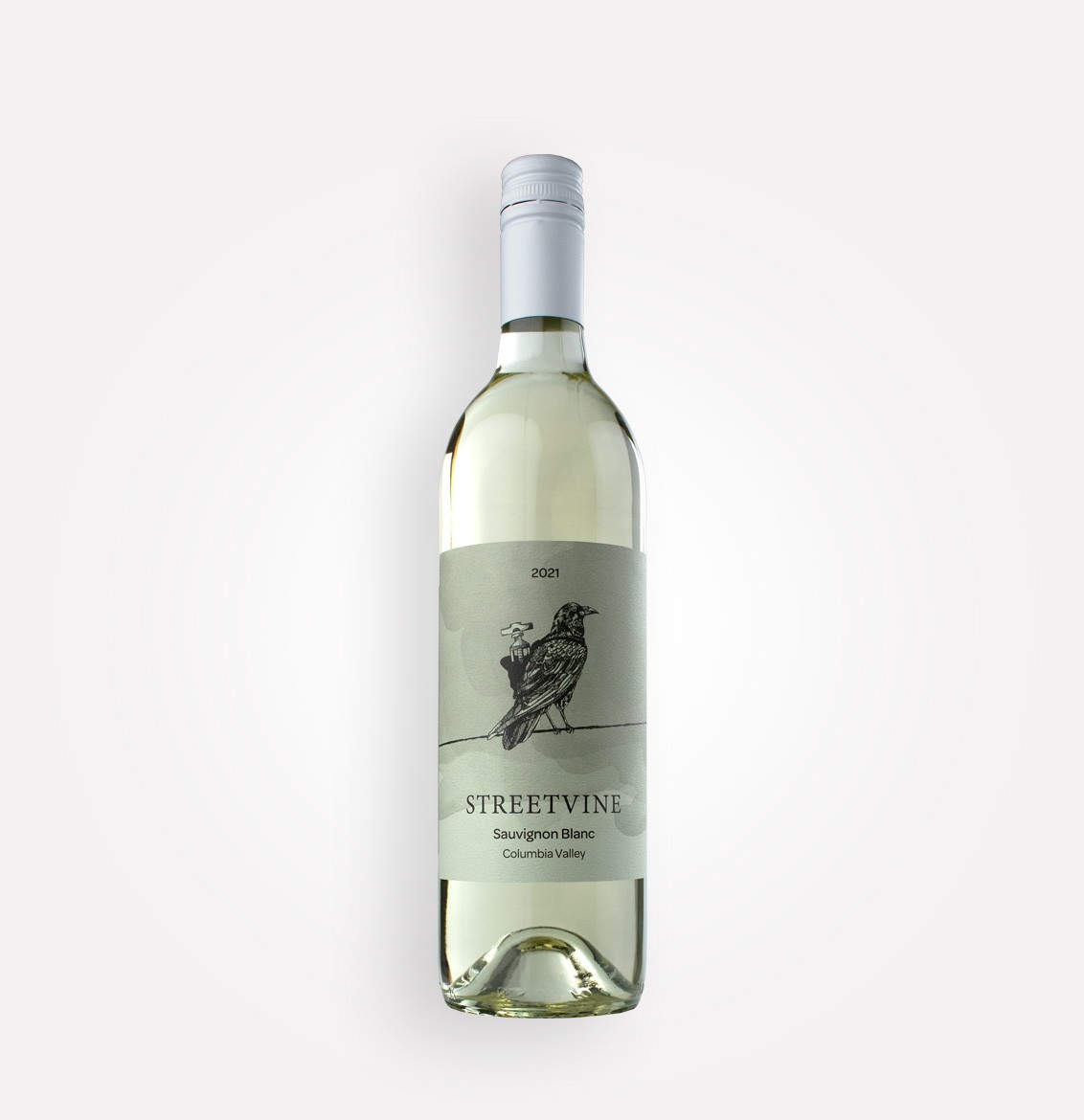A quick comparison of the wine growing conditions of Washington and Bordeaux
Lying between latitude 30º and latitude 50º yet separated by more than 5000 miles, Washington State and Bordeaux share a bond in wine. Ironically, Bordeaux, with its Atlantic seaside location and maritime climate, couldn’t be more of a contrast to Eastern Washington’s inland irrigated desert. Yet, most grape varietals at home in Bordeaux thrive there (as do many others!).
A quick map review shows the prominent features of Bordeaux are the Garonne and Dordogne Rivers, which converge to form the Gironde Estuary just north of the City of Bordeaux. These waterways have given rise to the common references to the “Left Bank” and “Right Bank.”
The Left Bank is west of the Gironde Estuary and Garonne River from the Medoc to Graves and home to legendary Cabernet Sauvignon-based wines. The area is low elevation, relatively flat, and noted for its gravelly mounds containing interbedded silt, sand, and clay lenses. These gravel beds provide a warm, well-drained area for growing vines.
The Right bank is the east of the Gironde Estuary and Dordogne River, which is topographically different from the Left Bank with small hills and deep valleys comprised of limestone and clay. Cabernet Franc and Merlot grow better here.
The bulk of the vineyard land in Washington is irrigated desert bounded by large mountains (Cascade Range), large rivers (Columbia).
A study in contrast
The maritime climate in Bordeaux gives yields an overall heat summation for grape growing between 2400 – 2500 units. In contrast, Washington’s growing areas range from 2400 to more than 3200 heat units.
The vineyards of Bordeaux are dry-farmed, allowing no irrigation. However, Washington’s desert receives between 6 and 8 inches of rain annually, and the vineyards are irrigated.
The geology in Washington’s vineyards varies from fractured basalts with wind blown loess deposits and silty loam, to slackwater flood deposits and combinations of all of these. Bordeaux varietals are grown at substantial elevation in these areas several of these locations on topography that features long high elevation ridges.
So what gives here?
The key may lie in climate. Bordeaux has lower daytime temperatures but little diurnal variation, with its proximity to the Atlantic giving a relatively steady (but sometimes short) season in the vineyards. As a result, Bordeaux builds its classic flavors slowly and steadily. Good acidity and structure, herbal and sometimes green notes are present.
Washington experiences high daytime temperatures with large diurnal shifts dropping 20 to 30 degrees overnight. The wines have riper fruit from warmer conditions, but the diurnal shift preserves the acidity, classic aromas, and flavors. Even with the desert heat, Washington wines with Bordeaux varietals can have that herbal or green character.
The story then is great wines from two very different places.
Learn more about Washington wines
10 things we love about Washington wine
A brief history of Washington wine
Five cool facts about Washington wine
